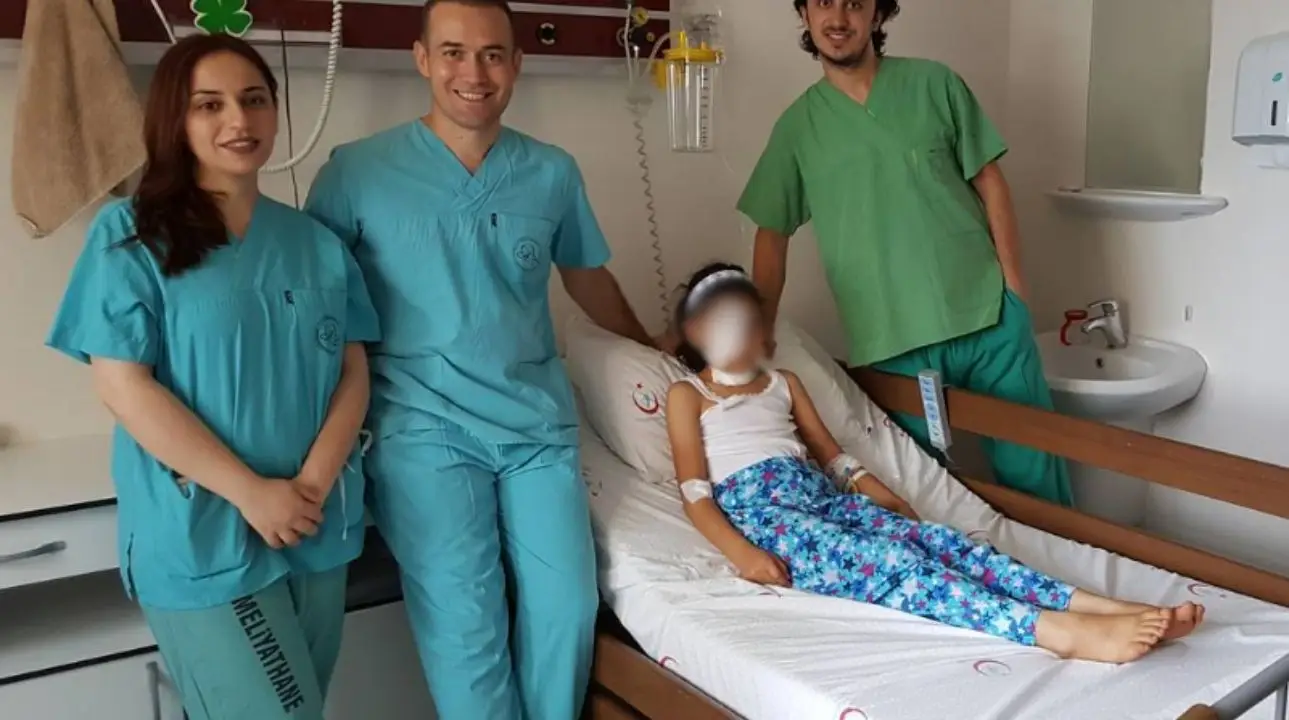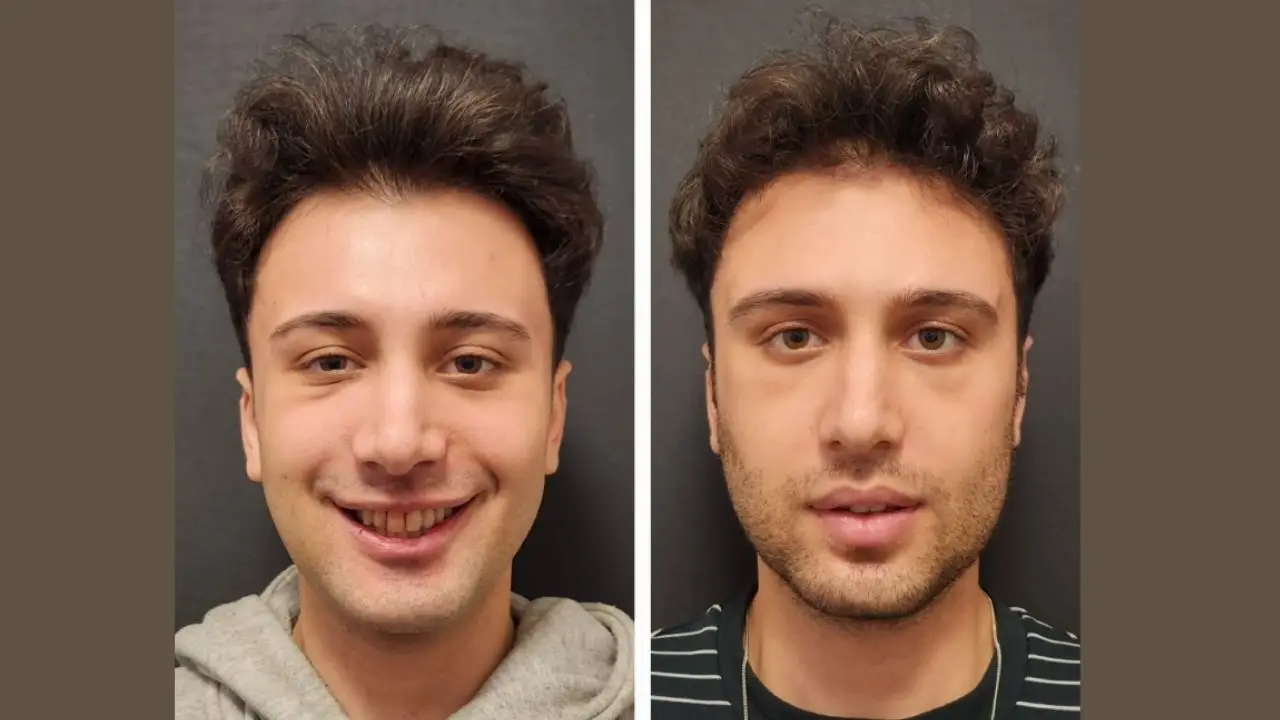What Is the Zygomaticus Minor Muscle?
The zygomaticus minor is a thin, elongated muscle located in the upper cheek, extending from the zygomatic bone toward the upper lip. It plays a crucial role in lifting the upper lip, contributing to emotional expressions—especially smiling, grimacing, and subtle lip elevation. When the muscle becomes overly dominant, asymmetrical, or structurally altered due to trauma or genetics, it can create noticeable facial imbalance. These issues drive many patients to seek procedures like the zygomaticus minor operation in Turkey to restore natural muscular function and midface aesthetics. It is generally needed for the patients experienced accidents with the result of Zygoma Bone Fracture .

Why Patients Choose Zygomaticus Minor Surgery?
Patients typically pursue this operation for several primary reasons related to both function and aesthetics. Many are not satisfied with the way their smile looks, feel uncomfortable with excessive upper lip elevation, or have visible imbalance between the left and right side of the face. In some cases, underlying trauma or congenital differences make the zygomaticus minor muscle behave differently than normal, causing disharmony in facial expression. Correcting these muscular issues through the zygomaticus minor operation in Turkey offers a targeted solution rather than relying only on temporary or superficial treatments.
Smile Asymmetry
Overactivity or anatomical variation of the zygomaticus minor muscle can pull the upper lip unevenly, making one side of the smile higher than the other. This can create a constantly unbalanced facial expression and affect self-confidence. Surgical correction helps achieve facial symmetry by adjusting the muscle’s tension or position while maintaining natural facial motion. As a result, patients often experience a more harmonious appearance in both static and dynamic facial expressions.
Excessive Upper Lip Elevation
A hyperactive zygomaticus minor may contribute to a “gummy smile,” where too much gum shows when a person smiles. While botox and other temporary treatments can reduce this effect for a short period, they do not address the underlying muscular structure. By selectively modifying or repositioning the muscle, the operation reduces unnecessary lip retraction while preserving emotional expression. This makes the zygomaticus minor operation in Turkey an attractive option for those looking for a more stable and long-term improvement.
Facial Contouring Goals
Some individuals undergo surgery mainly for cosmetic refinement and improved facial harmony. Because the zygomaticus minor interacts closely with the midface soft tissues, adjusting its position or tension can subtly enhance cheek aesthetics and the transition from the nose to the upper lip. When performed by an experienced surgeon, this leads to more balanced facial proportions without giving an operated or artificial look.
Functional Improvement After Trauma
In trauma cases, fractures or soft-tissue injuries may interfere with the normal function of the zygomaticus minor muscle. This can result in impaired upper lip movement, distorted smiles, or discomfort during facial expression. Through careful dissection and reconstruction, surgeons can restore more natural muscle function and expression. Many patients choose a zygomaticus minor operation in Turkey after previous injury because of the combination of reconstructive expertise and aesthetic awareness.
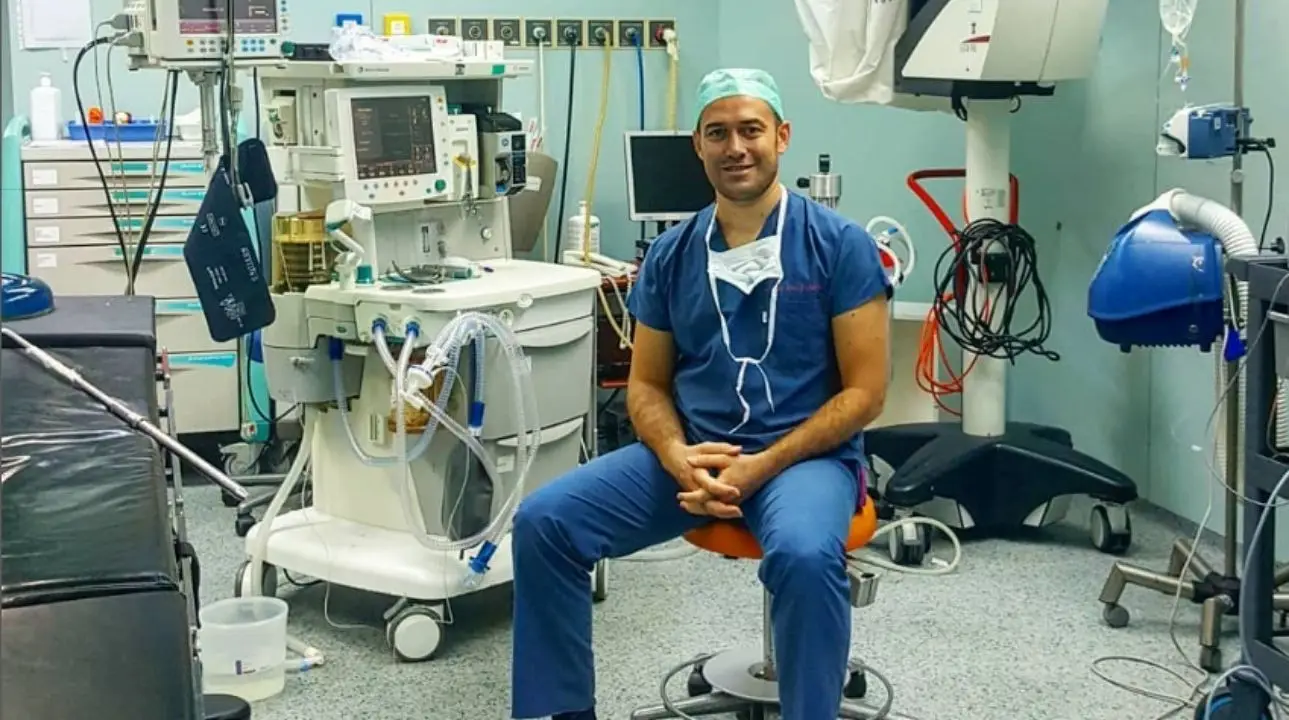
How the Zygomaticus Minor Operation Is Performed?
This operation is typically performed by maxillofacial surgeons (Prof. Dr. Celal Çandırlı), facial plastic surgeons, or aesthetic surgeons specializing in facial muscle anatomy. The chosen technique depends on the patient’s individual anatomy, expectations, and whether other procedures are planned at the same time. Before surgery, a detailed facial analysis and smile assessment are carried out, often supported by photos, videos, and digital planning tools.
Intraoral Approach
One of the most common techniques for the zygomaticus minor operation in Turkey is the intraoral approach. In this method, the incision is made inside the upper lip, leaving no visible scar on the skin. The surgeon accesses the zygomaticus minor muscle through the mucosa and carefully identifies its fibers. This is particularly useful for gummy smile correction or muscle repositioning procedures, where precise manipulation of the muscle and its attachments is required.
Minimal External Incision
In selected cases, a small external incision may be used, especially when the procedure is combined with other midface surgeries such as a midface lift or cheek augmentation. This approach offers direct visualization of the muscle and surrounding structures. Although external lines are carefully placed in natural skin folds, surgeons in Turkey aim to minimize visible scarring and choose this technique only when it provides a clear benefit for the final result.
Muscle Repositioning or Weakening
Depending on the diagnosis, the surgeon may partially release the muscle, adjust its length, or change its point of insertion. The goal is to reduce excessive pulling on the upper lip without completely disabling the muscle. In some cases, selective weakening is sufficient, while in others, more substantial repositioning ensures a lasting improvement. Throughout the procedure, attention is given to maintaining natural facial expression and avoiding a stiff or unnatural smile.
Combination With Other Aesthetic Procedures
The zygomaticus minor operation in Turkey is often combined with complementary facial treatments to achieve a more comprehensive transformation. These may include lip repositioning, midface lifting, nasal base modification, or cheek contouring. By planning the procedures together, surgeons can optimize the balance between the upper lip, nose, and cheeks for more harmonious and youthful facial proportions.
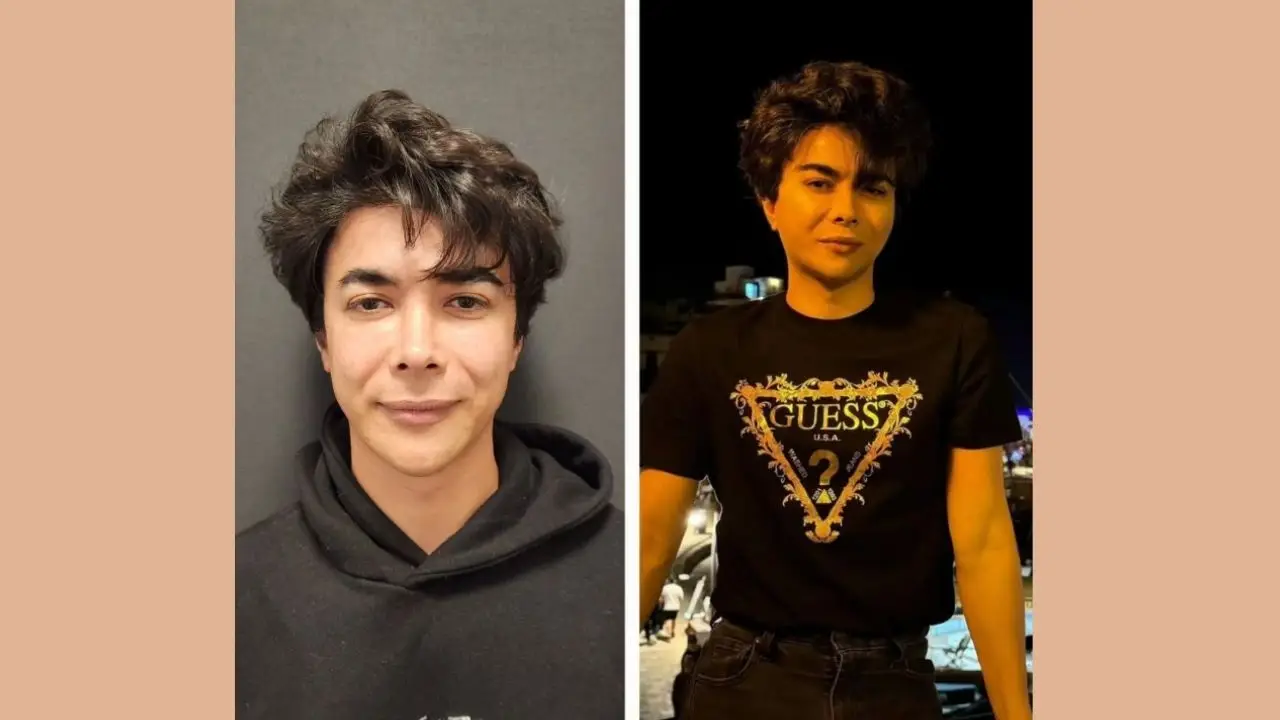
Anatomical Considerations About the Operation
The zygomaticus minor lies close to several other important facial muscles, including the zygomaticus major, levator labii superioris, levator labii superioris alaeque nasi, and orbicularis oris. All of these muscles participate in complex facial expressions such as smiling, speaking, laughing, and grimacing. Because of this complex interaction, modifying a single muscle requires a deep understanding of how the others will respond and adapt.
A surgeon performing a zygomaticus minor operation in Turkey must evaluate not only the shape of the muscle but also its function during different expressions. Preoperative analysis often includes dynamic examination while the patient smiles, talks, and makes exaggerated facial movements. This careful assessment helps the surgeon predict how surgical changes will appear in daily life and ensures that the final outcome feels natural to the patient.
Recovery After Zygomaticus Minor Surgery
Most patients experience a relatively smooth recovery because the procedure is focused and minimally invasive. Swelling and mild bruising are common in the early phase, especially in the upper lip and midface region. Pain is usually manageable with standard pain relief medications, and many patients describe the discomfort as mild to moderate rather than severe.
Typical Recovery Timeline
In the first few days after the zygomaticus minor operation in Turkey, cold compresses and head elevation are often recommended to reduce swelling. By the end of the first week, most visible swelling decreases significantly, and intraoral incisions begin to heal. Patients can usually return to light daily activities within several days, although intense physical activity is postponed for a longer period. Over the next two to four weeks, facial movements feel more natural, and the smile gradually adapts to its new balance.
Post-Operative Recommendations
Patients are typically advised to avoid exaggerated facial expressions, very hot foods, and strong lip or cheek pressure during the early healing phase. Good oral hygiene is essential to protect intraoral incisions from infection. In some cases, surgeons recommend gentle facial exercises at a later stage to help the muscle adapt to its new position. Regular follow-up visits allow the surgeon to monitor symmetry, muscle activity, and patient satisfaction.
Advantages of Having the Procedure in Turkey
Choosing a zygomaticus minor operation in Turkey offers a combination of advanced medical care and competitive pricing. Many clinics are equipped with modern operating rooms, high-resolution imaging systems, and digital planning tools. Surgeons are experienced in handling both functional and aesthetic aspects of facial muscle surgery, making Turkey a reference point for international patients seeking specialized procedures.
High-Level Expertise in Facial Anatomy
Turkish surgeons who perform zygomaticus minor procedures often have strong backgrounds in maxillofacial surgery, plastic surgery, or facial aesthetics. Their training focuses on the anatomy of the face, including bone structure, soft tissue layers, and muscular function. This expertise is crucial when performing delicate adjustments in a small but highly visible region such as the midface and upper lip.
Advanced Imaging and Planning
Many centers use three-dimensional facial mapping and digital smile design tools to simulate possible outcomes before surgery. These technologies allow patients to better understand how their smile and facial contour may change after a zygomaticus minor operation in Turkey. They also help surgeons plan the amount of muscle modification needed and anticipate how other facial features will interact with the new muscular balance.
Affordable Yet High-Quality Care
Compared with many countries in Western Europe or North America, Turkey offers more accessible treatment costs while maintaining strict quality standards. International patients often benefit from package services that include consultations, surgery, accommodation, and translation support. This combination of affordability and high-level care makes Turkey a preferred destination for complex yet refined facial procedures.
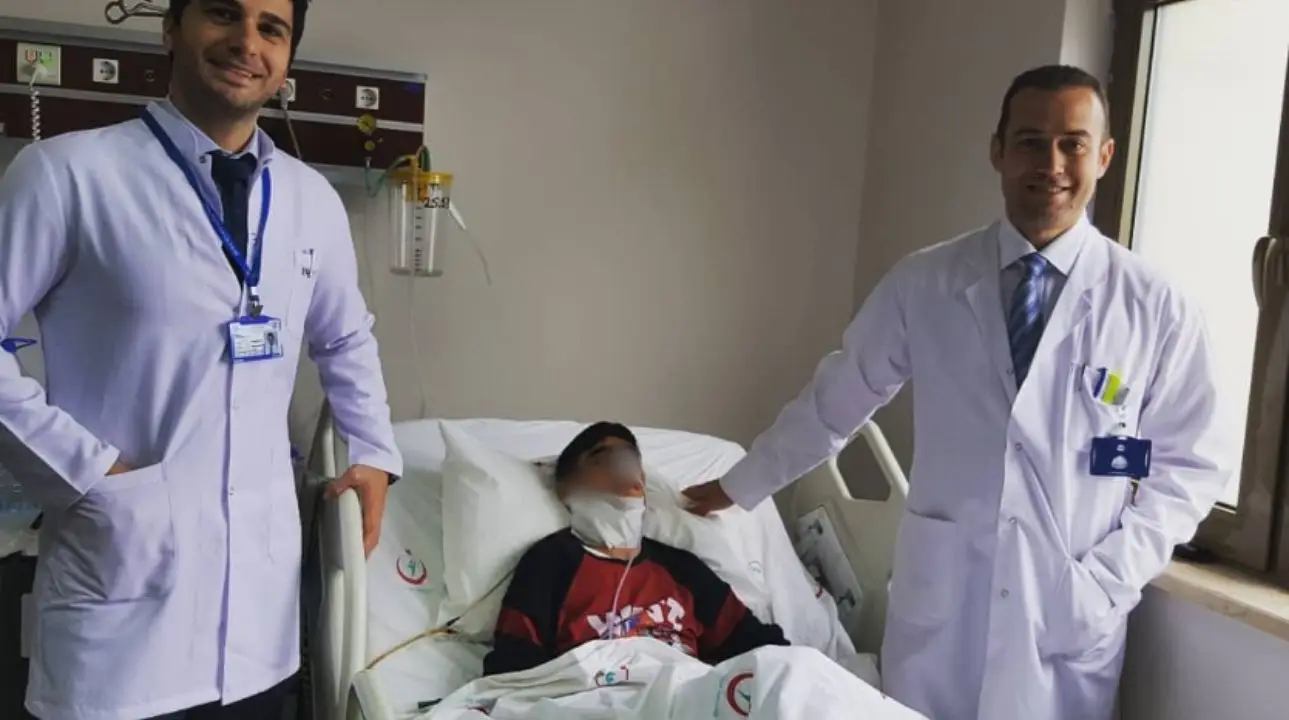
Who Is a Good Candidate for Zygomaticus Minor Operation?
Ideal candidates for zygomaticus minor operation in Turkey are individuals who are bothered by smile asymmetry, excessive upper lip elevation, or imbalance related to the midface muscles. They should be in generally good health, have realistic expectations, and be willing to follow post-operative instructions. A detailed consultation helps differentiate between problems that can be solved surgically and those better managed with non-surgical approaches.
Non-Surgical Alternatives
For patients who are not ready for surgery, non-surgical options may provide temporary relief. Botox injections can be used to reduce the hyperactivity of the zygomaticus minor muscle and soften a gummy or asymmetrical smile. Dermal fillers can help reshape the upper lip or nasal base to visually reduce gum display. However, these treatments must be repeated regularly and do not correct structural muscle issues in the way surgery does.
Risks and Considerations
Although the zygomaticus minor operation in Turkey is generally safe, no surgical procedure is entirely risk-free. Possible complications include temporary numbness, slight differences in lip movement during healing, or mild residual asymmetry. Infection and prolonged swelling are rare but possible. Choosing an experienced surgeon and following all pre- and post-operative instructions greatly reduces the likelihood of complications and helps achieve a stable, attractive result.
Long-Term Results
Once healing is complete and the muscle has adapted to its new position, the improvement in smile symmetry and lip elevation is usually long-lasting. Patients often report feeling more confident when smiling, speaking, or being photographed. Because the surgery targets the underlying muscle rather than only the surface tissues, the outcome tends to remain stable over time. The goal of the zygomaticus minor operation in Turkey is a natural-looking, harmonious facial expression that still reflects the patient’s personality.
The zygomaticus minor operation in Turkey is a highly specialized facial procedure built on deep anatomical understanding and refined surgical technique. By focusing on one of the key muscles responsible for upper-lip elevation and smile aesthetics, it offers powerful solutions for patients dealing with asymmetry, hyperactivity, or functional muscle imbalance. With experienced surgeons, advanced technology, and patient-centered care, Turkey has become an important destination for those seeking precise and natural improvements in their facial expression.
Frequently Asked Questions About the Zygomaticus Minor Operation
The zygomaticus minor operation in Turkey raises many questions for patients who want to improve their smile, correct facial asymmetry, or treat muscle-related problems in the midface. Below, you will find clear and concise answers to the most common questions about the procedure, recovery process, possible risks, and long-term results. This FAQ section is designed to help you better understand what to expect before deciding whether the zygomaticus minor operation is the right option for you.
What does the zygomaticus minor muscle do?
The zygomaticus minor muscle elevates the upper lip and contributes to natural facial expressions such as smiling, speaking, and subtle emotional reactions. Its primary role is to help reveal the upper teeth during a smile by pulling the lip upward. Although small, it works in coordination with surrounding midface muscles to create balanced, expressive facial movement.
What happens if zygomaticus minor is damaged?
Damage to the zygomaticus minor can lead to smile asymmetry, reduced upper-lip elevation, or an imbalanced facial expression. In some cases, patients may notice difficulty lifting the lip on one side or experience unintended drooping. Trauma, nerve injury, or facial surgery complications may affect the muscle’s function, often requiring targeted rehabilitation or corrective procedures.
How can I strengthen my zygomaticus minor?
Gentle facial exercises, such as controlled smiling drills and upper-lip elevation movements, can help improve the tone of the zygomaticus minor. Practicing slow, repeated lifts of the lip or performing “smile resistance” exercises with light finger support can also enhance muscular engagement. While these exercises may improve coordination, they cannot replace medical treatment for structural or nerve-related conditions.
Which muscle is responsible for smiling?
Several muscles contribute to smiling, but the zygomaticus major and zygomaticus minor are the most important. The zygomaticus major pulls the corners of the mouth upward and outward, creating the classic smiling expression. The zygomaticus minor elevates the upper lip, adding brightness and definition to the smile.
Why does my zygomaticus muscle hurt?
Pain in the zygomaticus region can occur due to muscle overuse, tension, inflammation, or trigger points created by repetitive facial movements. Stress-related facial tightening, clenching, or chronic expressive habits may also strain the muscle. In rare cases, nerve irritation or sinus-related pressure can cause referred pain near the zygomatic arch.
What emotion is the Zygomaticus minor?
The zygomaticus minor is primarily associated with expressions of happiness, friendliness, and social engagement. By lifting the upper lip, it helps create an open and genuine smile. It also plays a subtle role in expressions of surprise or excitement when the upper lip needs rapid elevation.
What are the symptoms of zygomatic nerve damage?
Zygomatic nerve damage may cause numbness in the cheek, weakened facial expressions, difficulty raising the upper lip, or partial smile paralysis. Some individuals experience tingling, localized discomfort, or an inability to symmetrically activate midface muscles. Severe cases can lead to noticeable facial imbalance during speech or smiling.
What are the trigger points of zygomaticus minor?
Trigger points in the zygomaticus minor often appear along the upper cheek, close to the zygomatic bone, and can cause referred pain toward the upper lip or lower eyelid. These sensitive spots develop from muscle tension, repetitive expression, or external pressure. Massaging the area gently or using warm compresses may provide relief.
What are red flags for facial pain?
Red flags for facial pain include sudden numbness, facial paralysis, difficulty speaking, severe swelling, persistent asymmetry, or sharp nerve-type pain that worsens over time. Additional warning signs are vision changes, unexplained bruising, or pain accompanied by fever. These symptoms may indicate infection, nerve injury, or a more serious underlying condition requiring medical evaluation.
